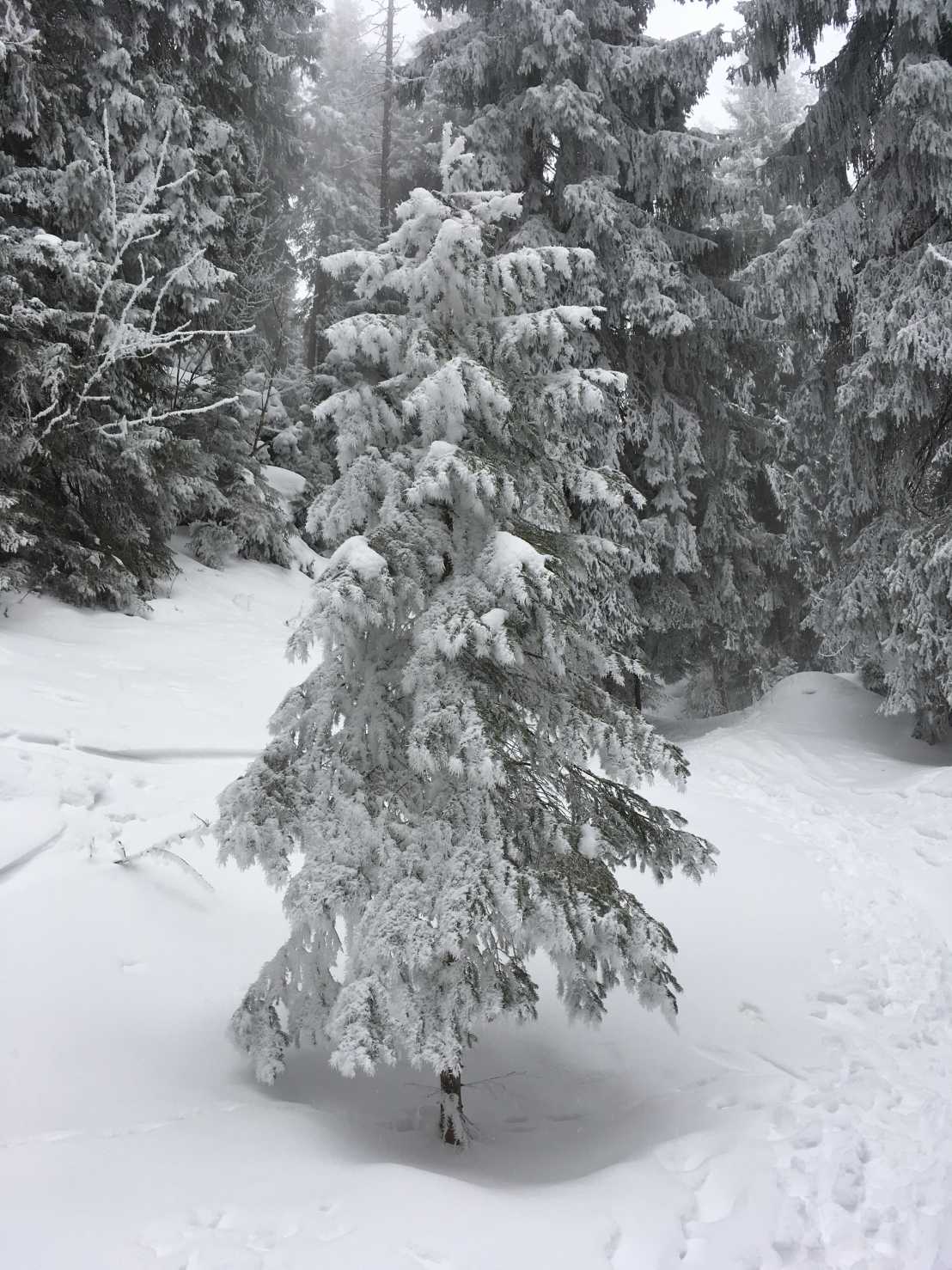Optimized management strategies for protection forests

According to the first nationwide harmonized delimitation of protection forests (SilvaProtect), around half of Switzerland’s forested area provides protection against gravitational natural hazards.
The guidelines for the sustainable management of protection forests (Nachhaltigkeit und Erfolgskontrolle im Schutzwald, abbreviated “NaiS”) contain quality criteria depending on site type and natural hazard that have to be complied with and strived for in protection forest management. The minimum profile serves as the benchmark for deciding if an intervention is necessary, the ideal profile describes the state of a forest expected to provide the highest level of protective capacity over the long term and therefore the silvicultural goal.
Knowledge about necessary management return periods in order to ensure the compliance with the target profiles of NaiS is of crucial importance in mid- to long-term forest planning. In the project “Optimized management strategies for protection forests”, we investigate which sequence and timing of silvicultural interventions maximize the sustainable protective capacity depending on the initial state of forest stands and the site conditions (site type). We consider the most important site types in Swiss protection forests and the natural hazards avalanches and shallow landslides.
Currently, we are developing a new forest model with an emphasis on the depiction of regeneration processes and the provision of quality indices according to NaiS. The model will on the one hand be parameterized with data from the National Forest Inventory, growth and yield plots and forest reserves. On the other hand, we will conduct a field campaign with regard to the parameterization of the height growth of regeneration. The model will allow for investigating the effects of a large number of intervention types and sequences on the sustainable protective capacities of forest stands in order to identify optimized management regimes.
Funding
The project is funded by the Federal Office for the Environment FOEN.
Status of the project
The project runs from August 2017 to July 2021.
Contact
Please contact Ueli Schmid for further information.
Harald Bugmann and external page Monika Frehner supervise the project.